I just spent an exhilarating few days at the Snowflake Data Cloud Summit in San Francisco, and my mind is buzzing with new ideas and insights. This was my first time attending, and I was blown away by the scale and energy of the event. I will try to give a brief reflection on the main ideas delivered in the summit.
The Rise of Enterprise AI
One overarching theme that was impossible to miss is the rapid rise of enterprise AI and its integration with data platforms like Snowflake. The keynotes were filled with demos of new AI-powered capabilities, like Cortex Search that allows anyone to build a chatbot on top of their data. Watching a random audience member successfully create a chatbot live on stage in just minutes was a funny demonstration of how accessible AI adoption is becoming.
AI is no longer just a niche tool – it will be infused into every business process, application, and user experience. The companies embracing this shift have a chance to pull far ahead of competitors still treating AI as a silo.
Platform Keynote Highlights
On the second day of the summit, Christian Kleinerman, EVP of Product, unveiled a host of new tools and features designed to streamline efficiency, break down data silos, and enable workforce adoption of generative AI applications. The Major announcements were as follows:
- Announcements around enabling AI innovation and empowering everyone with AI capabilities built into the Snowflake platform.
- Live demos showcasing new AI-powered features like Cortex AI for building large language model (LLM) applications with an AI & ML Studio no-code interface.
- New Analyst and Search offerings within Cortex AI to assist in LLM chatbot development.
- new capabilities around secure data sharing. Snowflake announced Iceberg Tables, which enable real-time data sharing across companies while maintaining full data governance – This could be game-changing for industries like healthcare, finance, and supply chain where sharing sensitive data has been extremely challenging.
- Launch of Polaris, an open data catalog implementation for the Iceberg open table format.
Iceberg Tables (GA)
Iceberg Tables provide full storage interoperability for the open Apache Iceberg table format, allowing users to leverage Snowflake for data lakehouses, data lakes, data meshes, and other open, flexible architectures.
Snowflake Container Services and Native Apps Integration (Public Preview on AWS)
This was a major announcement that received a lot of attention. Snowflake is integrating their Container Services, which allows developers to containerize workloads, with their Native Apps framework for building, deploying and monetizing apps through the Snowflake Marketplace (https://docs.snowflake.com/en/developer-guide/native-apps/tutorials/na-spcs-tutorial).
Snowflake Trail (Public Preview)
An observability solution that captures logs, metrics and traces from Snowpark applications and data pipelines, allowing integration with tools like Grafana, Datadog, and PagerDuty for analysis and monitoring.
Snowpark Pandas API (Public Preview)
Allows Python developers to use familiar pandas syntax for AI and data engineering workflows within Snowflake (https://docs.snowflake.com/en/developer-guide/snowpark/python/snowpark-pandas).
Cortex Fine-Tuning (Public Preview)
Serverless customization to fine-tune a subset of Meta and Mistral AI models, accessed through Cortex AI functions with role-based controls (https://docs.snowflake.com/en/user-guide/snowflake-cortex/cortex-finetuning).
Cortex Search (Private Preview)
A new capability announced for easily building chatbots by simplifying the process, demonstrated live by having an audience member create a chatbot on stage (https://github.com/Snowflake-Labs/cortex-search).
Hybrid Tables (Public Preview)
Hybrid tables support both transactional and analytical workloads within the same table, allowing real-time analytics and batch processing on the same data.
Polaris Catalog (for Apache Iceberg)
A centralized catalog that helps manage and discover data assets across the Snowflake environment, enhancing data governance and metadata management(https://www.snowflake.com/blog/introducing-polaris-catalog/).
In essence, The keynote reinforced Snowflake’s vision of evolving into an AI data cloud platform that abstracts complexities, enabling any organization to build and share data applications powered by AI.
Thank you for reading this blog. Also check out our other blogs page to view more blogs on Power BI, Tableau, Alteryx, and Snowflake here.
Work together with one of our consultants and maximize the effects of your data.
Contact us, and we’ll help you right away.

